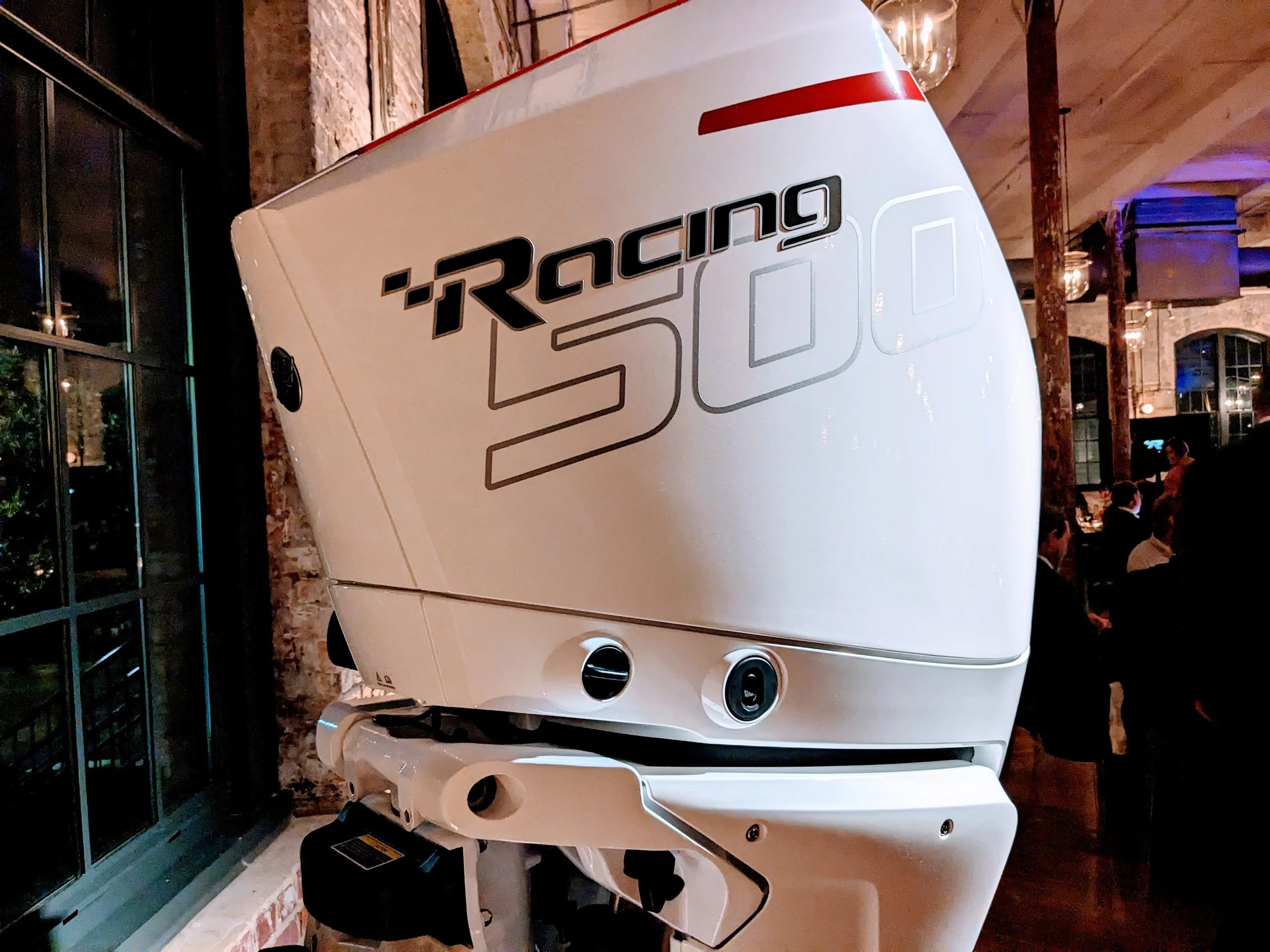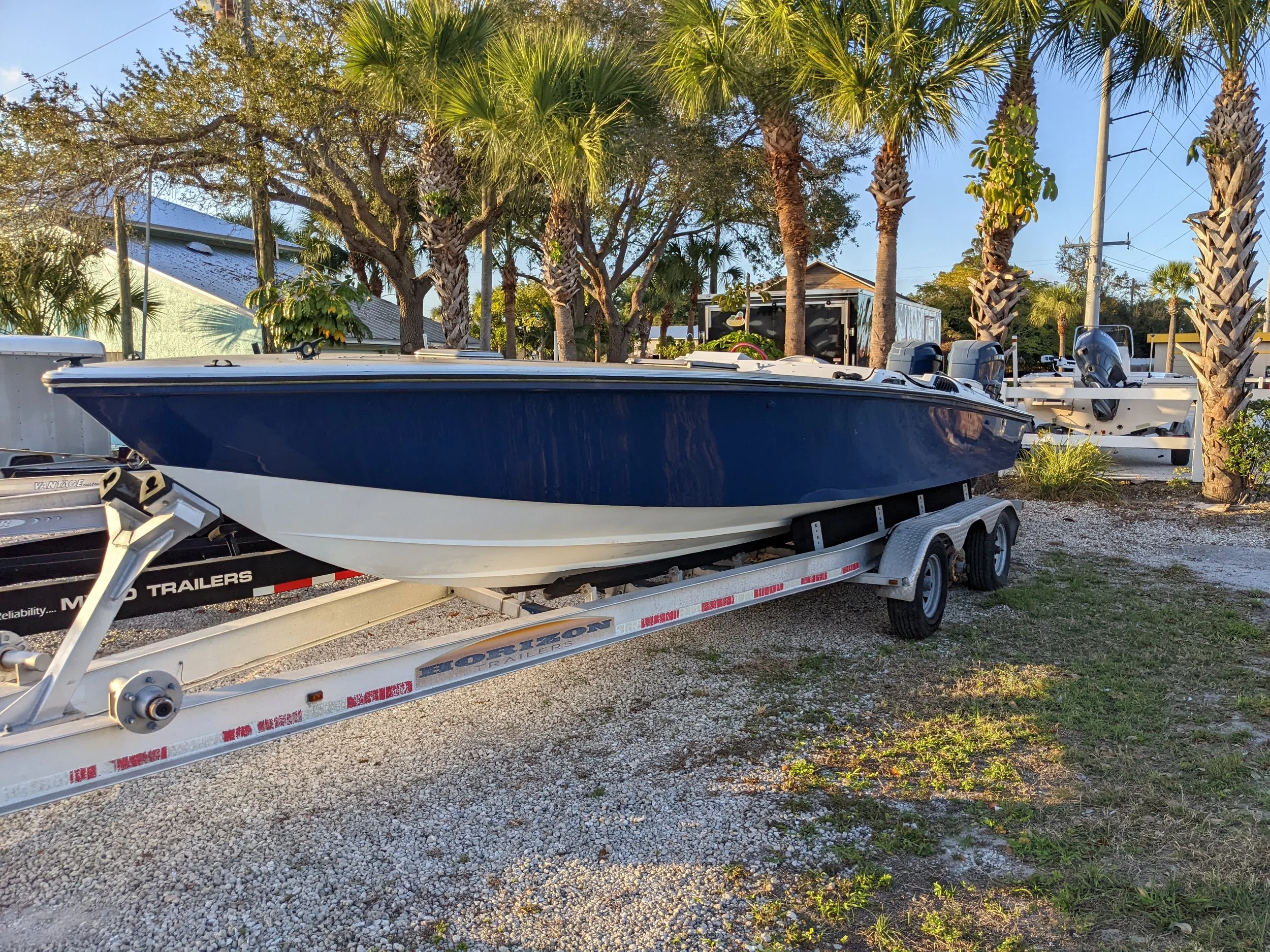Sutphen Powerboats: A True Cult Classic Offshore Performance Boat Brand
Because boat building is such an entrepreneurial venture, there are and have been so many manufacturers it is hard to keep track. In the seventies and eighties alone there were more boat brands than disco bands. But beyond the bad haircuts and ridiculous pants, some boat companies stood the test of time. Sutphen Powerboats is one of those unique stories. A small family boat company that made it’s mark in the early offshore racing days and kept relevancy as a small pleasure boat builder as well. From racing, having unique designs and embracing all the hallmarks and complications of a family business, the Sutphen brand still has a cult following.
One key to a cult brand or any cult for that matter is to have a devoted following. With Sutphen, the formula was simple, build a durable offshore hull, have a distinct design, and win races. You can spot a Sutphen from a mile away and if it was rough enough, it was probably the lead boat. The larger offshore Sutphens featured a 26” degree hull deadrise and a distinct bow entry, where the bow rises sharply, there’s a flare where the hull sides sweep back from the entry, creating an unmistakable look. Many models had an abrupt wind faring that was squared off, or almost non in the case of some models.
A classic Sutphen converted to outboard, you can see the trademark faring, straight deep V 26 degree deadrise.
Early on, the founder, Richard Sutphen, made small 18’ and 17’ boats that were probably perfect for the lakes and waterways around New Jersey at the time. They were prolific and made tons of boats. I would say they were simple, sleek looking but very basic hull designs. The first Sutphen I ever saw was a 20 Super Pacer I believe. There was definitely a beauty in the simplicity of the the Sutphen boats. Some of the small boats actually lived on for quite some time as later, Rich Sutphen Jr. made a 16 and 21 that were updates of the early models.
An early brochure shows where it all started
When offshore racing really started to develop in the late 70s and early 80s, Richard had moved to Florida and began building the 30’ hull to compete in the production V bottom racing class. I think the first 30’ was made in 1978 and raced in 79, where the hull was very successful. After dominating that year in racing, the name was cemented as a fixture in offshore performance. Keep in mind, that up until then, the previous generation offshore race boats were basically repurposed fishing boat hulls. Don Aronow, Walt Walters and Jim Wynn really changed that with their first Formula and later the beams got narrower, the deadrises deeper, and the boats got longer.
What really made Sutphen popular in many peoples opinion was Richie’s experience building and working on so many different boats. In the old boatyard of his father’s in New Jersey, Richie really mastered wood working. On top of that, he spent lots of time testing and running many different hulls. He briefly raced Hydroplanes, and spent time tuning designs and props which ultimately culminated into a focus on offshore. And, marine fiberglass was really in its infancy from an innovation perspective. With his deep knowledge, Richard used traditional boat building know how with using the latest materials and he ended up being early with “core” sandwich construction. He figured out that by laminating 2 sheets between a core material you get a stronger and lighter panel. Richard used wood, where now closed cell foam coring material is used.
A cult following is a really devout and specific niche of fans for any product or person. Admittedly, I was never a real Sutphen guy but when I look at the old photos and hear stories I do appreciate and respect how the small brand competed on the stage with bigger and more well known brands. The simplicity in the Sutphen design is partly their downfall. Although I say that in respect to the fact that it’s a brutal business and most brands don’t last. Sutphen hull designs were simple and worked well with the power at hand. For rough water in a straight line, a Sutphen was a great offshore boat. The hulls in the 30’ to 35’ were popular, with the 30’ and 33’ being the most popular. Plenty were custom made in small number, like the 40’. A small number of 26’ were made, basically a shortened 30’.
Offshore racing in any era was for those with will power and strong backs. A 30 Sutphen launched
Wave to Wave featured a 30’ Sutphen Ocean Pacer restoration and conversion to outboards a while ago. It was an extremely popular article and speaks to the popularity of the Sutphen brand along with the refurbishment of classic boats in general. I really enjoy the restored Sutphens I have seen.
A beautiful 30 restoration and conversion. Featured in Wave to Wave
In the 90s, the technology and designs of offshore hulls changed a lot. Instead of the traditional straight 24 or 26 degree hull with simple outside strakes; builders started experimenting with different hull designs. Virtually all of the hull design development came from small boats. Small performance boats are far more intricate and design oriented, because a small, light hull running 90 MPH or 100 MPH+ has to be perfect in hull design, balance and use every hydrodynamic trick to get big numbers efficiently. You can’t just add power. With a simple heavy offshore hull, you can just add power, to a point, but if you want to be the fastest you have to find efficiency.
Old School defines Sutphen in many ways
Notched transoms, multiple steps, variable deadrises, and every other trick was tried to get the most out of the next generation of boats. Reggie Fountain took much of the design features of his Allison GT 20 and applied the logic to his boats. Boat building is rampant with copycat designs, but that’s just part of innovation in a way. In Fountains case, that’s more “borrowing” or inspiration than copying.
Rich Sutphen Jr made a 21 SS and 16 that kept the smaller boats going for a while. This 21 SS is based off the 20’ and was a nice small boat that captured the look of the big boats.
Now, when you look at the structure and lamination of an old offshore boat from the 70s or 80s, it’s very basic and heavy. There is a certain craftsmanship you have to respect and acknowledge the materials available at the time. Some are still on the water, so again you have to respect the traditional methods. When you look underneath a hull from the 70s or 80s, you can see the limitations quite quickly. With the faster hulls in the 90s and beyond, you really see the use of notches, steps, and other elements; along with modern building materials and methods, you get a much faster boat. Now add the engine technology, drives, and some modern pleasure boats would leave race boats from the previous generations in the dust with no effort.
This is why only a few old offshore brands actually survived, and that’s not a knock on any of them, most are family businesses and a family business in any industry is hard to maintain. Sutphen Powerboats never innovated, they kept making the same boats, which is not a bad thing in itself, they had a cult following. But that is not usually sustainable. The industry changed rapidly in the 2000s. Richard Sutphen passed away in 2017 and he was certainly an icon in the industry. With great skill and passion he built an incredible brand in a grueling industry, deserving of the cult following badge.















